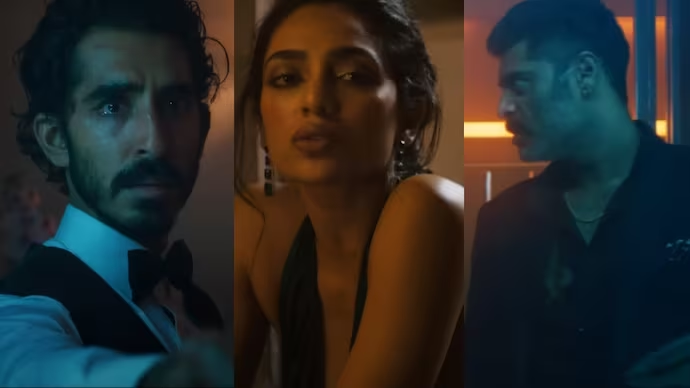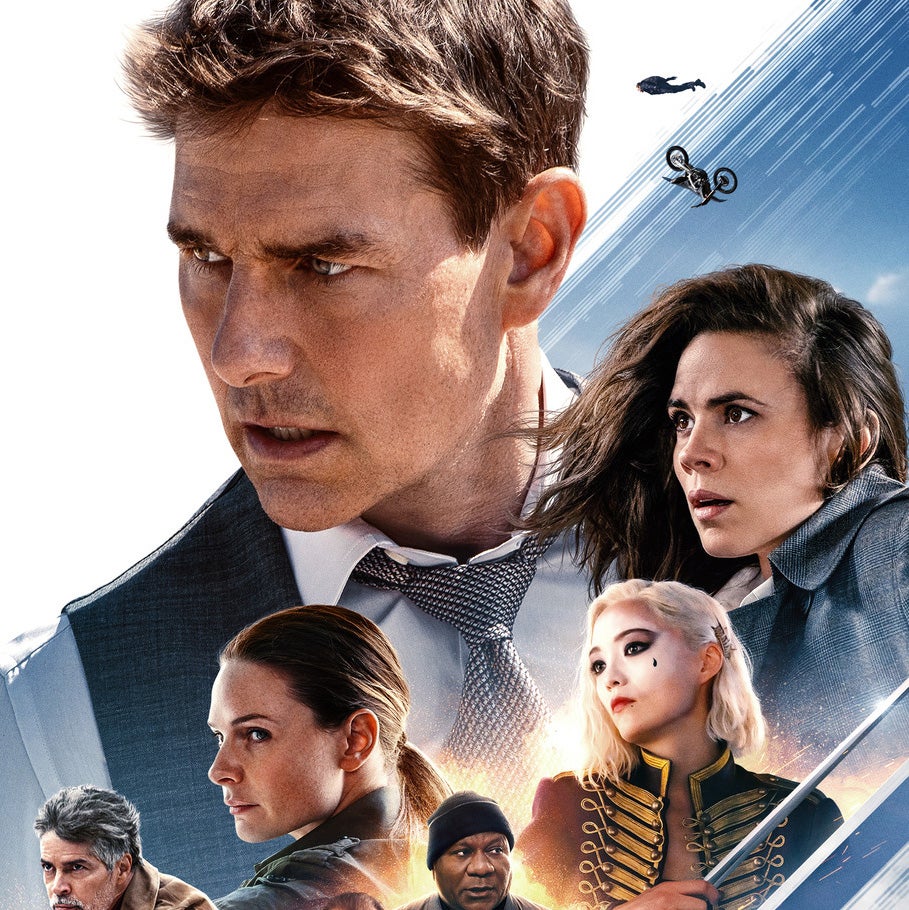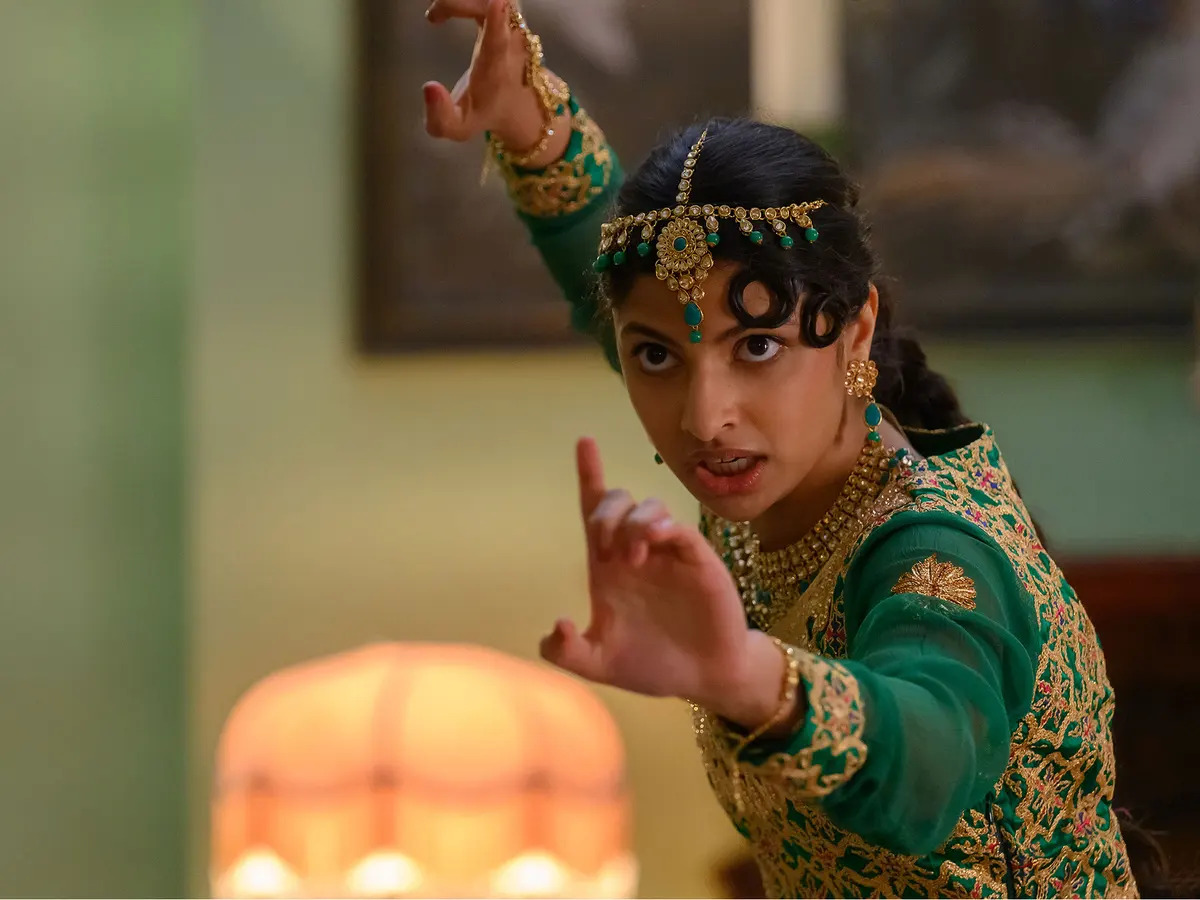Everybody Says I’m Fine
Posted on August 1, 2004 at 10:20 am
B+| Lowest Recommended Age: | Mature High Schooler |
| Profanity: | Some strong language |
| Nudity/ Sex: | Sexual situations and references including molestation and adultery |
| Alcohol/ Drugs: | Drinking, smoking |
| Violence/ Scariness: | Some graphic violence |
| Diversity Issues: | Vibrant portrayal of aspects of Indian culture |
| Date Released to Theaters: | 2001 |
This bittersweet fairy tale centers on Xen (Rehaan Engineer), the owner of an upscale Bombay beauty shop, who can read the minds of his clients when he cuts their hair. The source of this power is a devastating loss. His parents were killed in a fire in a recording studio when he was a child and he saw it, trapped in a soundproof booth. “I went crazy in a world of silence,”he says, and promised “never to have to listen to someone in order to hear them.”
Now he lives very quietly above the salon, the only color in his life the glimpses of the fears, hopes, and deceptions of the people who come to him to have their hair done.
A woman keeps “forgetting” her wallet. But Xen knows that she is desperately trying to keep up appearances after being cruelly abandoned by her wealthy husband. A young man and woman are drawn to each other but too shy to begin a relationship. Xen knows the secrets of a corrupt executive and a wealthy woman who loves gossip — and cocaine. A brash and flamboyant young actor (writer/director Rahul Bose in the movie’s least successful performance) is not as successful as he pretends. And there is an intriguing young woman named Nikita (Koel Purie) whose mind Xen cannot read. Has she no inner life at all or is there something there that he just can’t reach? Perhaps he cannot see into her mind because she can see into his.
The exotic feel of this movie owes as much to its unconventional mix of genres as to its colorful location and characters. It has elements of romantic comedy, drama, farce, even thriller. The combination can feel uneven at times but ultimately it adds texture and a rewardingly authentic sort of messiness that works well with the fantasy elements of the movie’s plot. Xen uses what he learns to change the lives of his customers. And then one of them changes his.






